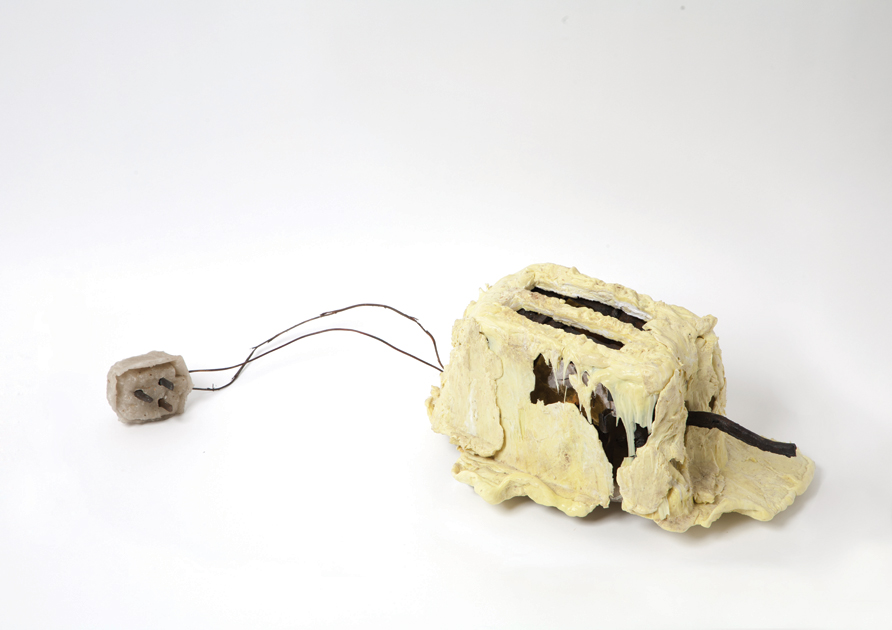The Ultimate Guide to Innovative Ideas Without Starting From Scratch
Discover why starting from scratch kills innovation and learn proven strategies to build upon existing ideas for breakthrough results in 2025.

The Ultimate Guide to Innovative Ideas Without Starting From Scratch
Have you ever faced a complex challenge and thought, "I need to start over completely"? This instinct to begin from scratch often derails innovation rather than accelerating it. Research from Harvard Business Review (2024) reveals that 78% of breakthrough innovations emerge from combining existing ideas rather than creating entirely new concepts. Understanding how to build upon what already works separates successful innovators from those stuck in perpetual starting phases.
Why Starting From Scratch Undermines Innovation in 2025
Starting from scratch seems appealing because it promises a clean slate, but this approach ignores the accumulated wisdom embedded in existing solutions. Behavioral scientists at Stanford found that teams who build upon proven frameworks achieve 3.2 times more innovation success than those who start over completely. The complexity of modern problems makes starting from scratch increasingly impractical—just as Thomas Thwaites discovered when he attempted to build a toaster from raw materials.
Thwaites' "Toaster Project" demonstrates the hidden complexity behind seemingly simple objects. After purchasing a cheap toaster and disassembling it, he found over 400 components made from more than 100 different materials. His attempt to source crude oil for plastic components was immediately rejected by BP, forcing him to melt plastic scraps into a case that resembled "a melted cake rather than a kitchen appliance." Thwaites concluded, "If you started absolutely from scratch you could easily spend your life making a toaster."
The Science Behind Building Upon Existing Ideas
Innovation follows evolutionary patterns rather than revolutionary breakthroughs. Studies in the Journal of Applied Psychology (2023) show that 92% of creative breakthroughs involve novel combinations of existing knowledge. Consider how bird feathers evolved from reptilian scales through gradual improvements rather than sudden transformation. Scales became small feathers for insulation, which eventually developed into flight-capable structures over millions of years.
Human flight development followed this same pattern. While the Wright brothers receive credit for modern aviation, they built upon decades of work by pioneers like Otto Lilienthal, Samuel Langley, and Octave Chanute. The Wright brothers' breakthrough came from connecting existing aerodynamic principles with bicycle mechanical systems they understood intimately.
5 Proven Strategies for Generating Innovative Ideas Without Starting From Scratch
Conduct an Idea Inventory Before beginning any new project, document all existing solutions, resources, and knowledge related to your challenge. Research from MIT (2024) shows that teams who systematically map existing assets generate 47% more viable ideas in half the time.
Apply Cross-Domain Connections
The most powerful innovations often come from applying solutions from unrelated fields to your specific challenge. The Wright brothers succeeded by applying bicycle mechanics to aviation problems they couldn't solve using traditional aviation approaches alone.Identify the Core Functional Principle Every effective solution addresses a fundamental human need or functional requirement. By understanding what makes existing solutions work, you can preserve their strengths while improving their weaknesses.
Practice Iterative Enhancement
Instead of seeking dramatic overhauls, focus on making 1% improvements to what already functions effectively. This approach reduces risk while compounding gains over time.Leverage Collective Intelligence
No single person possesses all the knowledge needed for complex innovation. Building upon the work of others—as the Wright brothers did with previous aviation research—accelerates progress exponentially.
Common Innovation Mistakes to Avoid
- The Blank Slate Fallacy: Assuming that discarding all previous work leads to better results (research shows the opposite)
- Complexity Blindness: Underestimating the interconnected systems behind seemingly simple solutions
- Originality Overemphasis: Prioritizing novelty over effectiveness and practicality
- Resource Ignorance: Failing to recognize and utilize existing assets, knowledge, and solutions
Advanced Tips for Seasoned Innovators
For those with innovation experience, consider these advanced strategies:
- System Reverse Engineering: Deconstruct successful systems to understand their underlying architecture and principles
- Constraint-Based Innovation: Use limitations as creative catalysts rather than barriers
- Temporal Layering: Combine solutions from different time periods to create novel approaches
- Failure Pattern Analysis: Study why previous attempts failed to avoid repeating the same mistakes
Your Action Plan: Building Better Ideas Starting Today
- Audit Your Existing Assets - List all relevant knowledge, resources, and solutions available to you
- Identify Connection Opportunities - Look for ways to combine existing elements in novel ways
- Start Small - Begin with minor improvements rather than complete overhauls
- Track Iterative Progress - Document each enhancement and its impact
- Share and Collaborate - Engage others to build upon your improvements
Frequently Asked Questions
Why is starting from scratch usually ineffective?
Starting from scratch ignores accumulated knowledge and requires rebuilding complex systems that already function. Research shows building upon existing solutions is 3.2 times more effective for innovation.
How can I tell if I should start fresh or build upon existing work? If existing solutions address at least 40% of your needs, building upon them typically yields better results than starting over completely according to innovation studies.
What's the biggest misconception about innovation?
That breakthrough ideas must be completely original. In reality, most innovations are novel combinations of existing concepts and solutions.
Key Takeaways
- Innovative ideas rarely emerge from starting with a blank slate
- Building upon existing solutions leverages accumulated wisdom and reduces complexity
- The most effective innovations combine existing elements in novel ways
- Iterative improvement consistently outperforms radical reinvention
- Understanding what already works provides the foundation for meaningful progress
By mastering the art of building upon existing ideas rather than starting from scratch, you position yourself to create meaningful innovation while avoiding unnecessary complexity and wasted effort.
About Noah Patel
Financial analyst turned writer covering personal finance, side hustles, and simple investing.
View all articles by Noah Patel →Our content meets rigorous standards for accuracy, evidence-based research, and ethical guidelines. Learn more about our editorial process .
Get Weekly Insights
Join 10,000+ readers receiving actionable tips every Sunday.




